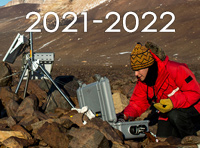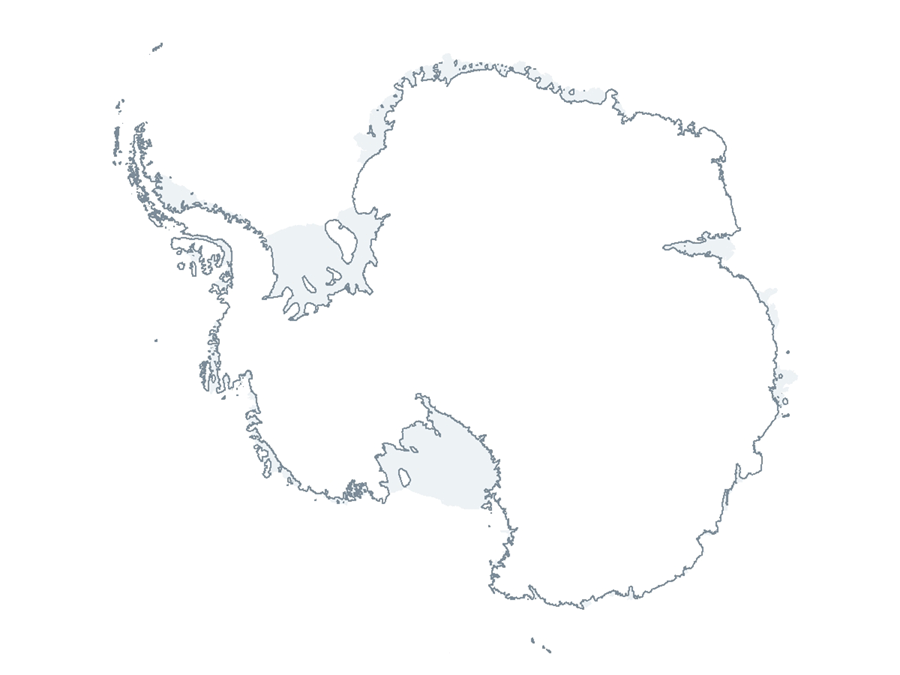2021-2022 USAP Field Season
Project Detail Project TitleCollaborative Research: Climate, Changing Abundance and Species Interactions of Marine Birds and Mammals at South Georgia in Winter Summary
Event Number:
Program Director:
ASC POC/Implementer: Principal Investigator(s)
Dr. Richard Reed Veit
Location
Supporting Stations: RV/IB Nathaniel B. Palmer DescriptionREMOVE FROM 2023-24 Ocean warming in the western Antarctic Peninsula and Scotia Sea winter is among the highest worldwide. The goal of researchers on this project is to quantify the impact of ocean warming on seabirds. The objectives are to 1) identify changes in krill, bird, and mammal abundance that have occurred since the 1990s; 2) identify pairings of species that benefit each other in searching for prey; and 3) make predictions about how these changes in species pairing might continue given predicted future changes in climate.
Field Season OverviewThe team will sail on two winter cruises on the RV/IB Nathaniel B. Palmer (NBP). They will survey two transect grids on the east and west sides of South Georgia Island. Each grid will consist of five 65 nautical mile transects, which they can complete within the approximately 6.5 hours of daylight available at that time of year. The team will also conduct visual surveys during the transit between the Strait of Magellan and South Georgia. During the day, the team will visually census all seabirds and will collect acoustic data to estimate plankton and fish abundance. At night, they will use the Isaacs-Kidd midwater plankton trawl (IKMT) to sample plankton and fish within the same transect areas at 10 km intervals. They will take Conductivity Temperature and Depth (CTD) casts at each 10 km interval as well.
Deploying Team Members
|
2021-2022 Science Planning Summaries



For USAP Participants |
For The Public |
For Researchers and EducatorsContact UsNational Science FoundationOffice of Polar Programs Geosciences Directorate 2415 Eisenhower Avenue, Suite W7100 Alexandria, VA 22314 Sign up for the NSF Office of Polar Programs newsletter and events. Feedback Form |



